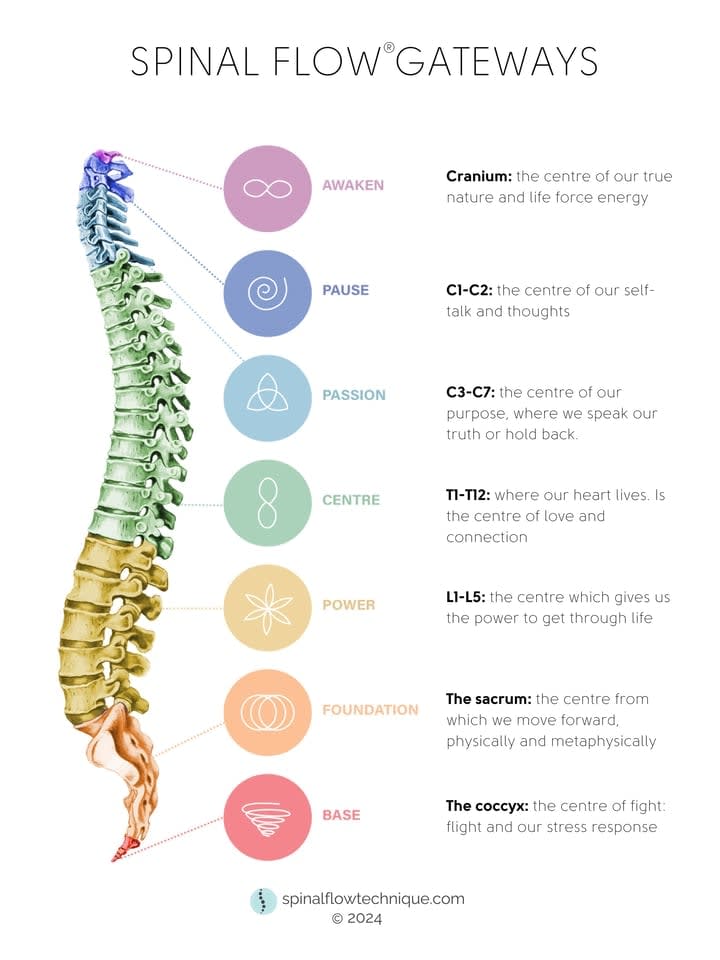
Restoring Spinal Balance Naturally After Stressful Times

Posted on October 21st, 2025
At times, we may not realize how deeply life’s constant demands seep their way into our bodies, often leaving an imprint on us in subtle yet significant ways. It’s easy to overlook that familiar stiffness, the way tension stealthily settles into your spine, particularly after those long, drawn-out days that seem never-ending. The weight of responsibilities, concerns, and nonstop chaos can silently but persistently target your body's vitals.
Stress and Its Impact on Spinal Health
Stress doesn’t just live in the mind—it settles in the body, often in places you least expect. One of the most common areas affected is the spine. When stress levels rise, the body automatically tightens muscles to prepare for perceived threats. While this reaction might help in the short term, constant tension in the back and neck can lead to long-term spinal strain.
Over time, the muscles surrounding the spine can become chronically tight, pulling vertebrae out of alignment and compressing nerves. This can make even simple activities like sitting or standing uncomfortable. Persistent tension also reduces flexibility, leaving the body less capable of absorbing movement or impact. As these effects accumulate, the spine begins to show signs of wear, from minor misalignments to more pronounced pain patterns.
Here are effective ways stress influences spinal health and what you can do to counteract it:
-
Muscle tension becomes habitual: When stress is constant, your muscles don’t get time to relax, creating long-term stiffness.
-
Posture deteriorates gradually: Sitting for long hours with stress in mind often leads to rounded shoulders or a forward head position.
-
Blood flow decreases: Tight muscles restrict circulation, which limits oxygen delivery to spinal tissues and slows recovery.
-
Nerve sensitivity increases: Chronic tightness can irritate nerves, intensifying sensations of pain or discomfort.
Recognizing these patterns is the first step toward change. Stress may be unavoidable, but its effects on the spine can be minimized through movement, conscious breathing, and posture awareness. Each small adjustment creates a ripple effect that protects spinal integrity and improves daily comfort.
The Connection Between Anxiety and Back Pain
Anxiety and back pain often go hand in hand, feeding into one another in a cycle that can be hard to break. When anxiety activates the body’s stress response, muscles tighten and breathing becomes shallow. This reaction puts pressure on the spine, especially in the lower and upper back. Over time, these physical responses develop into chronic discomfort.
Muscle tension caused by anxiety also alters how the body holds itself. You might start leaning forward, tensing your shoulders, or clenching your jaw without noticing. These subtle postural changes compound the stress on spinal structures. The more prolonged the anxiety, the harder it becomes for the body to reset to a relaxed, balanced state.
To ease anxiety-related back tension, consider a few practical steps:
-
Practice mindful movement: Gentle stretching or slow walking promotes relaxation and restores proper alignment.
-
Focus on full breathing: Deep, rhythmic breaths calm the nervous system and prevent shallow, tension-building respiration.
-
Reduce long sitting sessions: Standing up every hour breaks muscle fatigue and relieves spinal compression.
-
Seek calming environments: Quiet, low-stimulation spaces help regulate mood and decrease muscle tension.
Integrating these actions into your routine creates a healthier rhythm for both mind and body. Reducing anxiety not only relieves emotional strain but also releases the physical grip it has on your spine, helping restore comfort and ease.
Chronic Stress and Its Effects on the Nervous System
 When stress becomes a daily habit rather than an occasional reaction, the nervous system starts to feel the strain. The body remains on high alert, activating the “fight or flight” response far longer than it was designed to. This ongoing tension impacts posture, muscle tone, and spinal balance.
When stress becomes a daily habit rather than an occasional reaction, the nervous system starts to feel the strain. The body remains on high alert, activating the “fight or flight” response far longer than it was designed to. This ongoing tension impacts posture, muscle tone, and spinal balance.
Under chronic stress, muscles around the spine stay contracted even when no immediate danger exists. The shoulders round forward, the neck stiffens, and the back muscles tighten. This pattern creates uneven pressure on the spine, which can compress discs or limit mobility. The nervous system, overwhelmed by constant activation, has less capacity to regulate relaxation and recovery.
The spine and nervous system are deeply connected, so when one is overworked, the other struggles to compensate. Excess stress can interfere with how nerves communicate with muscles, leading to irregular muscle contractions and poor coordination. This imbalance can make your posture feel rigid and unnatural, as though your body is always bracing itself for tension.
Restoring spinal balance under chronic stress starts with retraining the nervous system to relax. Gentle, rhythmic movement and focused breathing help shift the body from “fight or flight” to “rest and restore.” This transition allows the muscles to lengthen and the spine to decompress naturally. Over time, relaxation becomes the body’s new baseline, promoting smoother motion and reduced pain.
Addressing Emotional Stress Tension Patterns in the Spine
Emotional stress often hides in physical patterns. You might notice it as stiffness in your shoulders, tension in your lower back, or fatigue that lingers even after rest. These sensations are signs that the body is storing emotional strain within the muscles that support the spine. Learning to release these patterns brings relief not only to your back but also to your overall sense of balance.
Here are ways to address emotional tension patterns in the spine:
-
Body scanning: Mentally move your focus from head to toe, pausing wherever you notice tightness or discomfort.
-
Gentle stretching breaks: A few minutes of light stretching every hour helps release stored tension and improve flexibility.
-
Mindful breathing: Focused breathing during breaks resets your nervous system and promotes calmness.
-
Positive posture habits: Adjusting how you sit or stand helps prevent stress from accumulating in your spine.
Incorporating these practices consistently can prevent chronic tightness and improve your ability to respond calmly to stress. The key is regular awareness. By catching tension early and addressing it through movement or breath, you help the body maintain alignment and restore natural fluidity.
Natural Methods for Spinal Balance Restoration
Maintaining spinal balance during stressful times is about connecting with your body’s natural rhythm. Breathing exercises and mindful relaxation techniques can guide your body toward recovery. Diaphragmatic breathing, for example, activates the parasympathetic nervous system, which calms the body and releases tight muscles. To practice this, place one hand on your abdomen and inhale deeply through your nose, allowing your belly to rise. This steady rhythm signals relaxation and relieves tension around the spine.
Progressive muscle relaxation is another effective method. It involves tensing and then releasing each muscle group one by one, helping you become aware of where tension hides. Starting from your toes and working upward encourages a sense of grounding and physical balance. Over time, this habit retrains your muscles to stay relaxed even when stress increases.
Related: Unlocking the Power of Homeopathy for Chronic Pain Relief
Conclusion
Stress affects every system in the body, but its impact on the spine is often overlooked. Muscle tension, poor posture, and nervous system fatigue all contribute to discomfort that grows over time. The good news is that your body has the capacity to recover when given the right support. By integrating simple practices like conscious breathing, gentle stretching, and emotional awareness, you can help your spine return to its natural balance.
At Holistic Life Works, LLC, we recognize how deeply the mind and body are connected. Discover how to release tension, restore balance, and support your body’s natural healing by exploring Spinal Flow sessions. Your next step toward a calmer mind and a healthier spine.
Contact us at [email protected] or call (917) 701-1105 to learn more about how you can begin your journey toward improved posture, reduced pain, and emotional balance. Taking care of your spine is more than physical—it’s an act of self-kindness that supports your well-being every day.
Let’s Create a Path to Healing
True healing happens when we listen to the body, mind, and spirit. If you’re ready to explore natural healing, stress relief, and balance through homeopathy, massage, or yoga, I would love to hear from you.
Contact Me
Office location
9 Private Road, East Hampton, New York, 11937Give us a call
(917) 701-1105Send us an email
[email protected]
